The Saint-Michel Tumulus: Europe’s Largest Grave Mound
The Saint-Michel tumulus is a remarkable megalithic grave mound located east of Carnac in Brittany, France. As the largest grave mound in continental Europe, it offers a fascinating glimpse into Neolithic burial practices.
Get your dose of History via Email
Construction
The Saint-Michel tumulus, formed of a mound of earth and stones, measures 125 meters long, 60 meters wide, and currently 10 meters high. The summit was partly razed to build a chapel dedicated to the Archangel and a calvary, making it the largest tumulus in Brittany.
Composed of 35,000 cubic meters of stones and earth, the mound is covered with a layer of marine mud, averaging 1.60 meters thick, ensuring the waterproofing of the central core, which is itself covered with an 80-centimeter-thick stone layer. Constructed in several stages, the tumulus required nearly 300,000 hours of work.
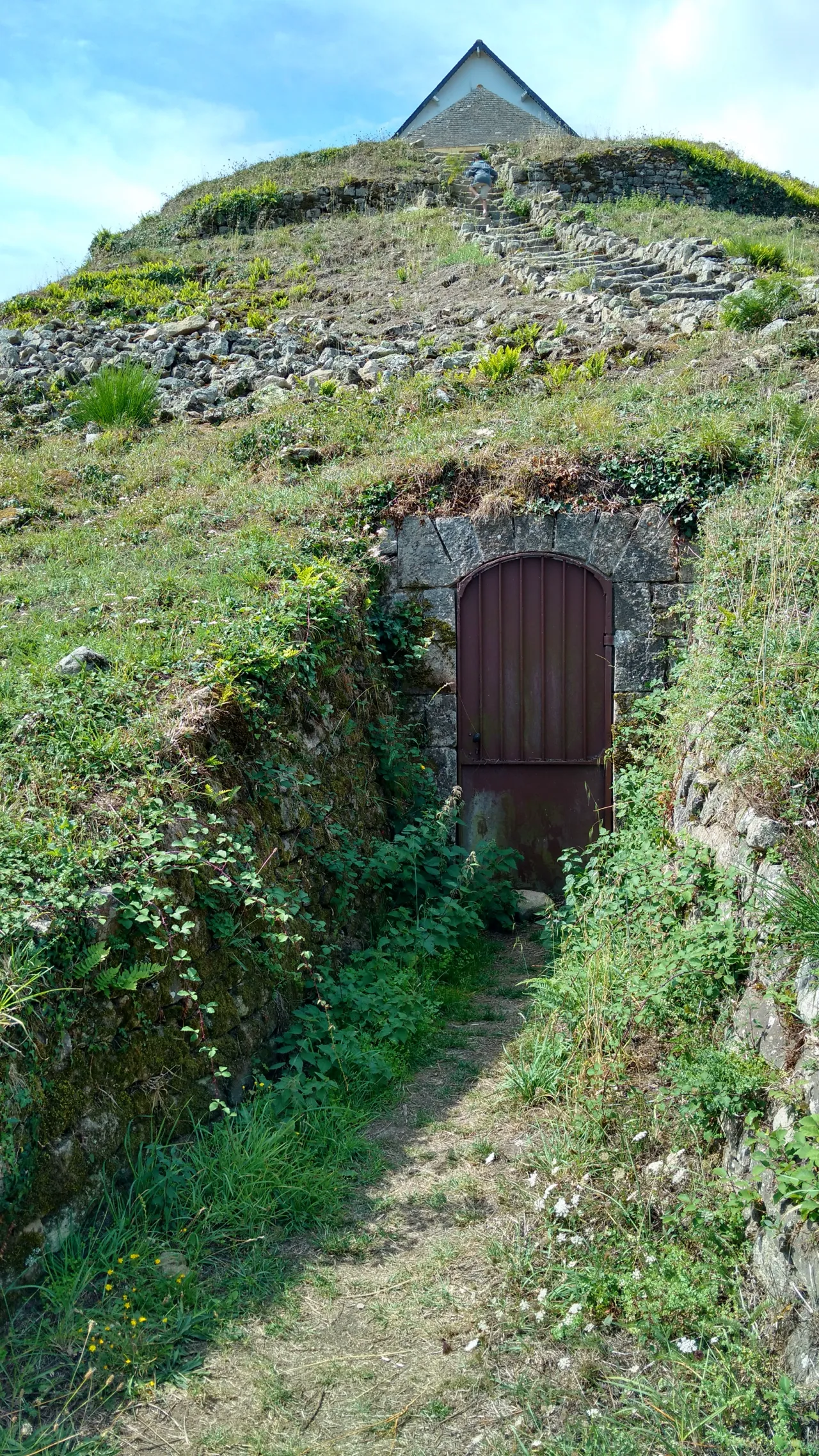
History and Structure
Built during the fifth millennium BC, the Saint-Michel tumulus is an imposing structure made of earth and stones. It measures 125 meters long, 50 meters wide, and 10 meters high. The site first gained attention in 1862 when researchers discovered a central vault containing prestigious funerary items such as axes, pearls, flint tools, and sillimanite. Recognizing its historical significance, authorities classified it as a “Monument historique” in 1889.
Early Excavations
In the early 1900s, archaeologist Zacharie Le Rouzic conducted further excavations. He uncovered a second dolmen and fifteen small stone chests, revealing the site’s complexity. The Saint-Michel tumulus, along with the Tumiac mound in Arzon and the Mané er Hroëk tumulus in Locmariaquer, forms a trio of giant tumuli known as the “Carnac tumuli.”
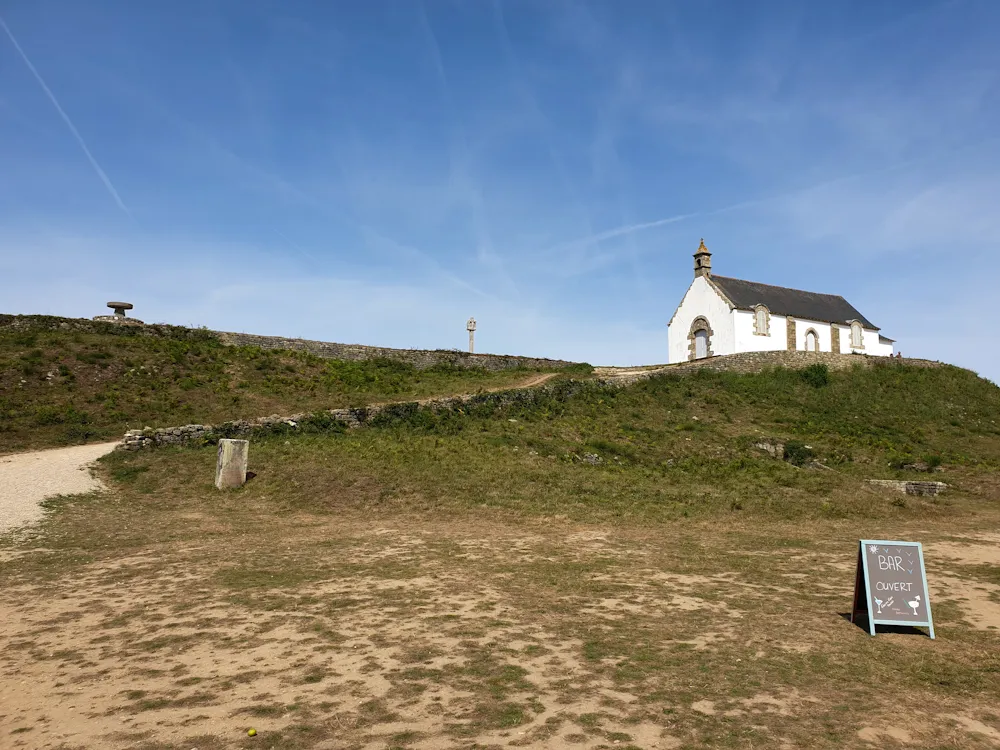
Archaeological Discoveries
The tumulus covers several cist graves and a passage grave to the east. Its upper part, now leveled, supports a small chapel. Initial excavations in 1862 by René Galles of the Morbihan Polymathic Society unearthed beads and celts (polished axe-heads). Zacharie Le Rouzic’s early 20th-century excavations and restoration work led to the discovery of additional structures and artifacts.
Le Rouzic constructed masonry galleries inside the tumulus for access to various internal structures. These galleries, once open to the public, are now closed for stability and safety reasons. However, visitors can still walk over the tumulus and enjoy panoramic views, aided by an orientation table.
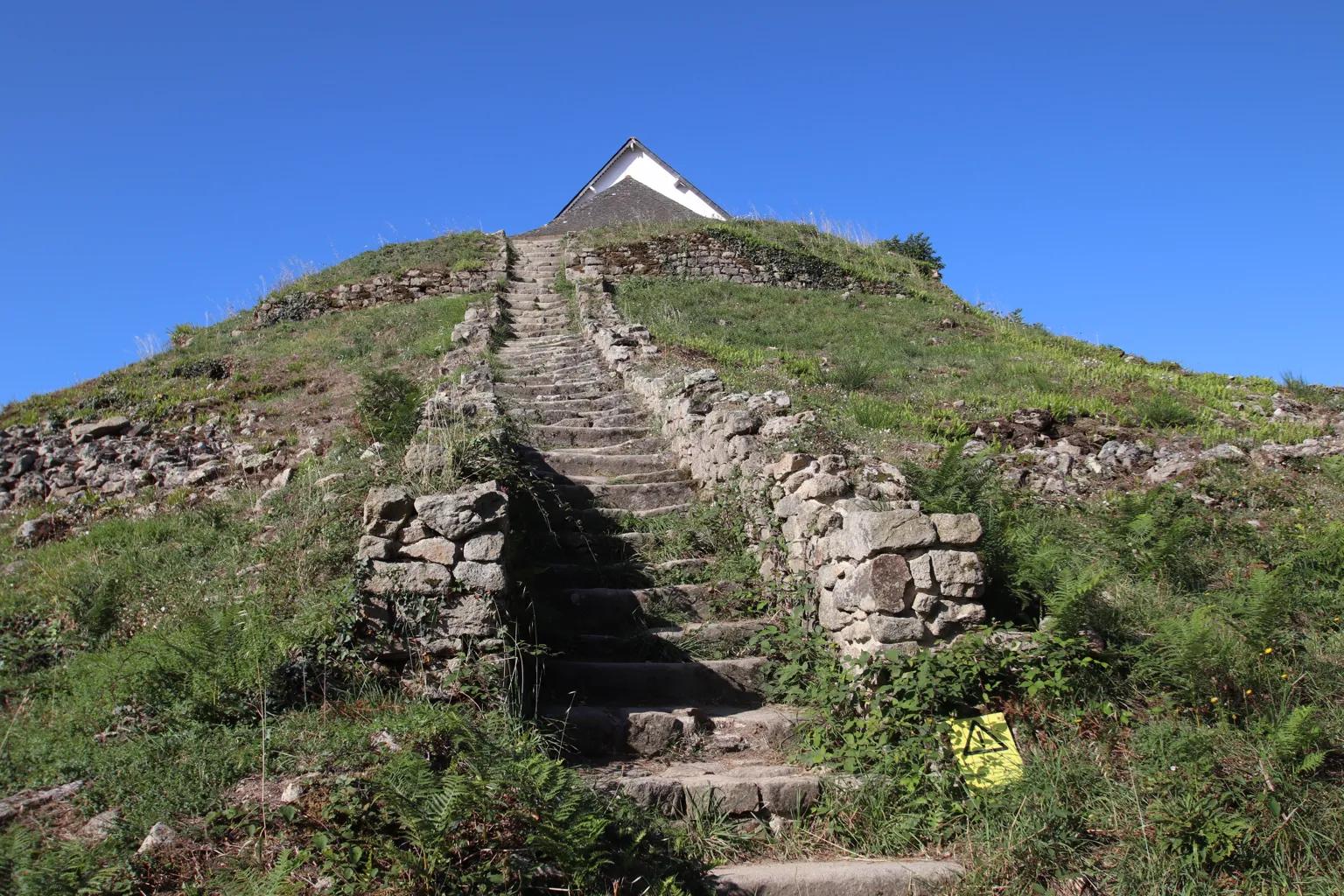
Historical Significance
The Saint-Michel tumulus, dating back to 5000 BC, predates the Egyptian pyramids by 1,300 years. It stands as a testament to the early development of Atlantic megalithism, alongside other significant sites like the Barnenez cairn and the Bougon necropolis.
The Battle of the Saint-Michel Tumulus took place during the Chouannerie on June 27, 1795. This battle, part of the Quiberon expedition, ended with a victory for the Chouans commanded by Vincent de Tinténiac over the Republicans.
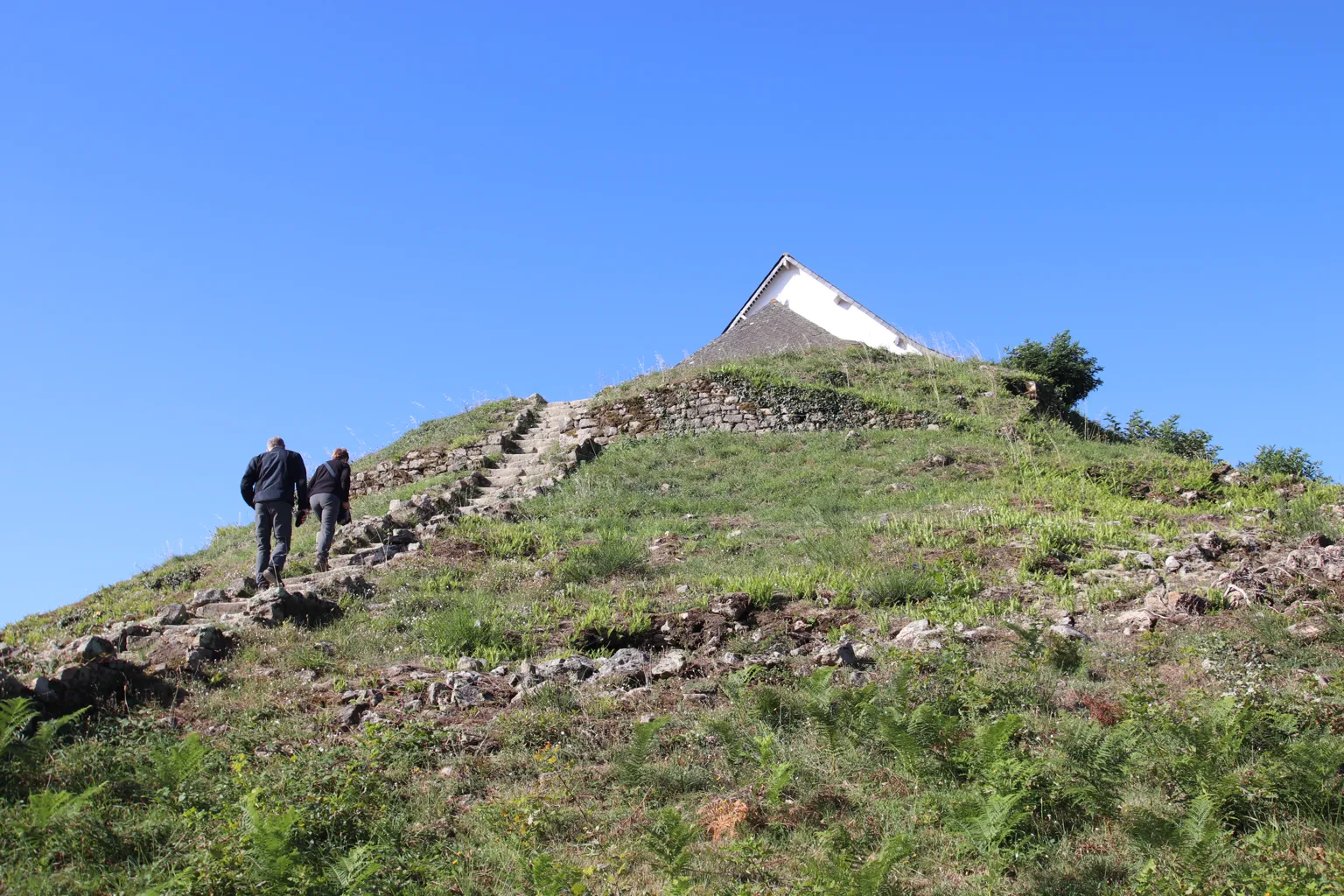
Archaeological Insights
During its first exploration in 1862, antiquarians discovered a central vault with prestigious grave goods, including eleven polished jadeite axes, twenty-six fibrolite axes, and a necklace of variscite beads and pendants. These items illustrate long-distance trade networks, as the jadeite axes originated from Mont Viso in the Italian Alps and the variscite beads from Iberian deposits. These finds indicate the region’s significance as a major European center of power and wealth in the early fifth millennium BC.
Le Rouzic’s excavations from 1902 to 1907 revealed even more about the tumulus. A wooded gallery from the east led to the discovery of a second dolmen, annex vaults, and around fifteen small irregular chests containing axes, Neolithic pottery, and flint blades. These discoveries suggest the monument’s construction around 5000 BC and its use as a burial site for a princely elite.
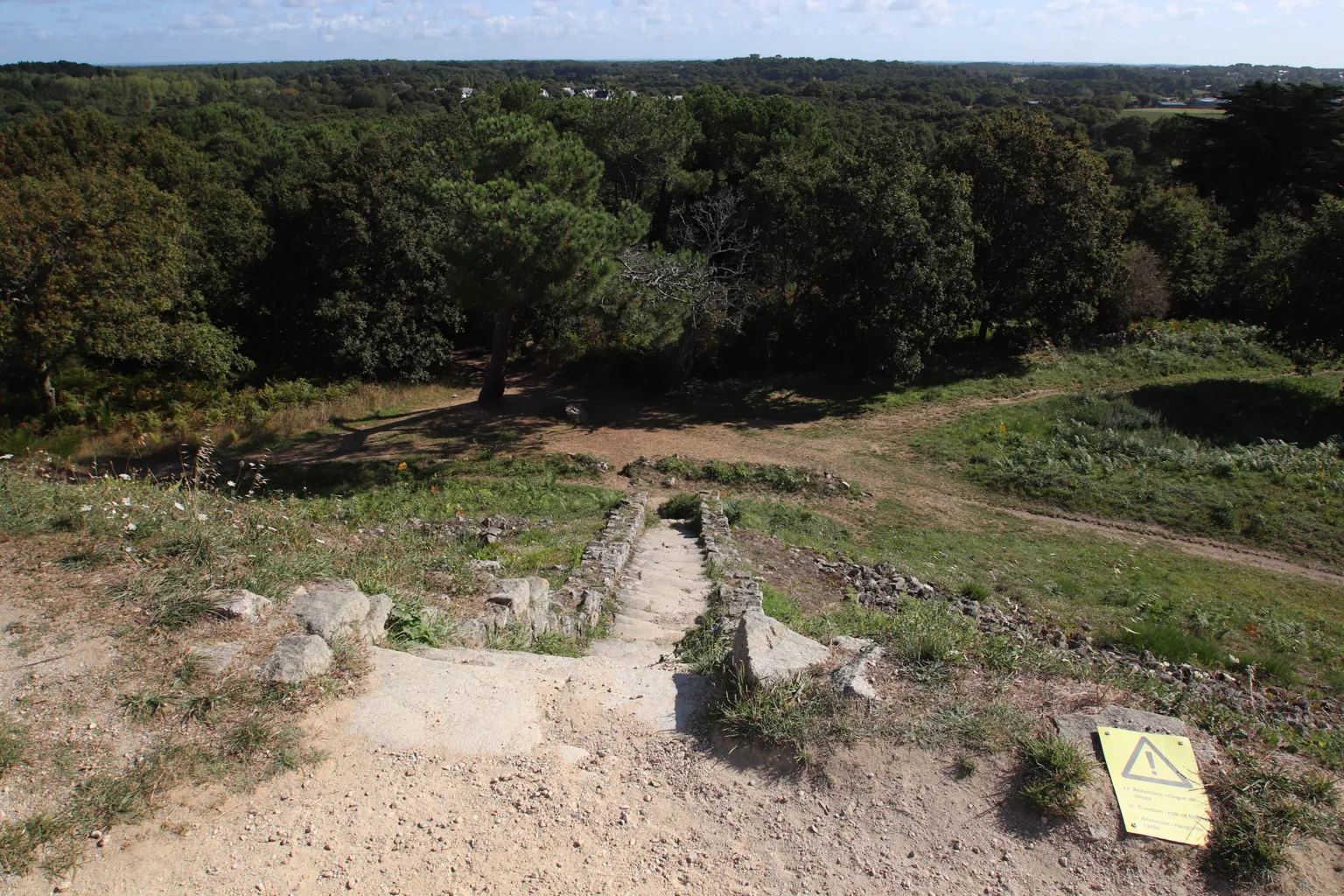
Modern Developments
In December 2012, several stone walls within the galleries collapsed, prompting the Centre des monuments nationaux to fence off and close the site. Restoration work in 2014 made the site accessible again.
Conclusion
The Saint-Michel tumulus stands as a monumental testament to the engineering and organizational skills of Neolithic societies. Its impressive size and complex internal structures continue to intrigue archaeologists and visitors alike, offering invaluable insights into prehistoric life and death in Europe.

